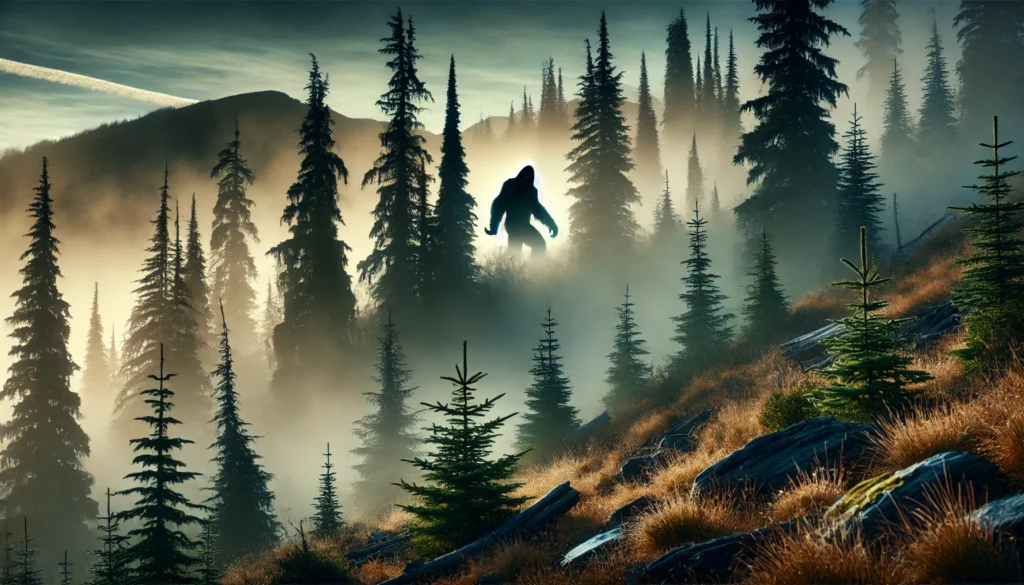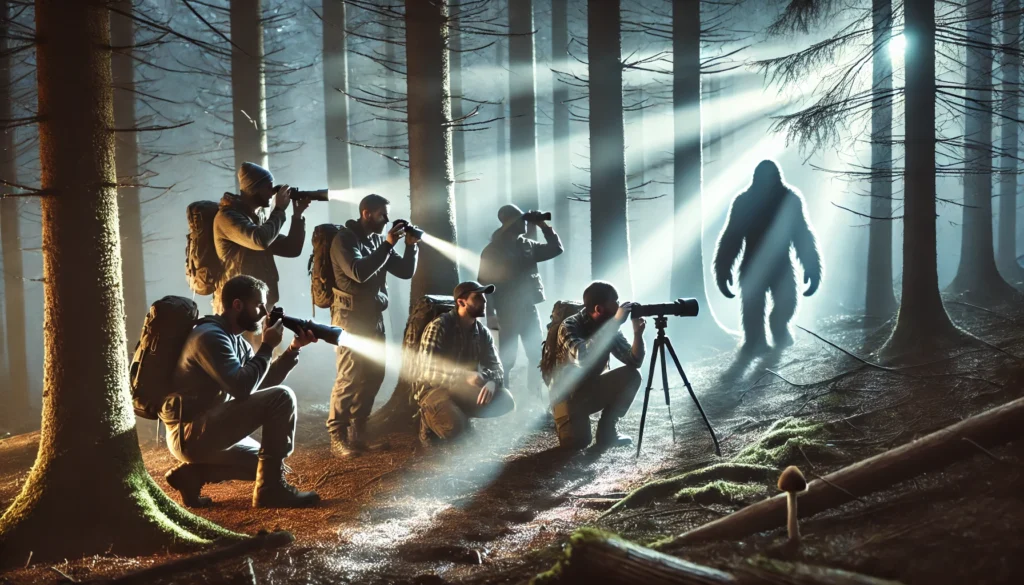
Bigfoot: Real or Myth?
Introduction:
The dense, shadowy forests of North America hold many secrets, yet few legends capture the human imagination as profoundly as Bigfoot’s. Described as a towering, ape-like creature covered in hair, Bigfoot has inspired stories, debates, and countless investigations. Despite centuries of reported sightings and ongoing interest, the legend of Bigfoot remains shrouded in mystery. Let’s journey through history, sift through the sightings, explore the evidence, and understand why this enigmatic figure continues to fascinate so many.
Historical Context: Roots of the Bigfoot Legend
The legend of Bigfoot didn’t spring up overnight. Indigenous tribes across North America have passed down stories of large, hairy beings—often viewed as spiritual protectors or symbols of nature’s power. For the Kwakwaka’wakw in the Pacific Northwest, there was “Dzunukwa,” a wild woman of the woods with the power to paralyze with her gaze. The Salish spoke of “Sasquatch,” a term that would later become synonymous with Bigfoot, which they described as a large, mysterious forest-dwelling creature.
These tales, while mystical, often held elements that resemble modern descriptions of Bigfoot: a creature standing over six feet tall, covered in hair, and avoiding human interaction. Early European settlers, influenced by these stories, began their own accounts, adding fuel to what would eventually become the phenomenon we know today.
Sightings and Descriptions: The Haunting Encounters
The first documented encounter with Bigfoot-like creatures by European settlers occurred in the late 19th century. Stories of giant footprints began to surface, accompanied by descriptions of strange cries and eerie encounters in the woods. One of the most famous reports dates back to 1958 when construction worker Jerry Crew discovered enormous footprints near Bluff Creek in California. He created a plaster cast of the footprint, which quickly gained media attention and is often credited with igniting modern interest in Bigfoot.
Eyewitnesses have consistently described Bigfoot as a massive, bipedal creature with ape-like features. Reports suggest Bigfoot stands anywhere from 6 to 10 feet tall, with broad shoulders and a lumbering gait. Some describe it as shy and elusive, slipping away into the forest without a trace, while others paint it as territorial or even aggressive, vocalizing with deep growls or piercing screams.

Evidence and Skepticism: Bigfoot in the Spotlight
Over the years, explorers, hikers, and cryptozoologists have claimed to have captured Bigfoot on film, with the most famous footage being the 1967 Patterson-Gimlin film, which shows a large, hairy creature striding across a sandbar in Bluff Creek. While some believe the footage to be undeniable proof, others argue it could easily be a hoax involving a person in a costume.
In addition to visual evidence, casts of large footprints are frequently found, particularly in the forests of the Pacific Northwest. These casts reveal dermal ridges similar to those found in primates, a detail that has intrigued scientists. But the physical evidence stops there. DNA samples, hair, and scat attributed to Bigfoot have either been inconclusive or matched known animal species.
Skeptics argue that the lack of physical evidence—no bones, no conclusive DNA, and nobody—is a strong indication that Bigfoot is a myth. They suggest that sightings could be attributed to bears or other animals, while others argue that people might be imagining or exaggerating their experiences.
Scientific Perspective: The Search for Biological Evidence
For decades, scientists have approached the Bigfoot phenomenon with cautious skepticism. Many biologists question how a large population of undiscovered creatures could remain hidden for so long. They point out that such a species would need a large, sustainable population to survive, which would likely lead to more frequent sightings and tangible evidence.
However, some scientists remain open to the possibility. Dr. Grover Krantz, a physical anthropologist, was one of the few who believed in Bigfoot’s potential existence, suggesting it could be a relic population of *Gigantopithecus*, an ancient, large ape. Although *Gigantopithecus* is known only from fossils in Asia, Krantz argued that a similar creature could have migrated across the Bering Land Bridge.
Cultural Impact: Bigfoot’s Influence on Society
Bigfoot has become an enduring part of American folklore, inspiring movies, TV shows, books, and merchandise. Towns like Willow Creek in California, often considered the “Bigfoot capital,” hold annual Bigfoot Days festivals, drawing tourists eager to learn more about the legend. Shows like *Finding Bigfoot* and *Expedition Bigfoot* have brought legend into living rooms around the world, blending adventure, mystery, and suspense with their investigative style.
More than just a local legend, Bigfoot has evolved into a cultural icon, representing humanity’s deep-rooted fascination with the unknown. In many ways, Bigfoot embodies the mystery and wildness of nature—untamed, unexplored, and full of surprises
Theories and Beliefs: What is Bigfoot?
Theories about Bigfoot’s true nature range from scientific to supernatural. Some believe that Bigfoot is a flesh-and-blood creature, possibly an undiscovered primate. Others propose that Bigfoot is an interdimensional being, which explains its ability to seemingly vanish without a trace.
Another theory ties Bigfoot to extraterrestrials, suggesting that sightings coincide with UFO activity. Although these theories lack scientific backing, they reflect the variety of ways people interpret unexplained phenomena. For believers, Bigfoot embodies the idea that not everything can be neatly explained and that the world may still hold secrets waiting to be discovered.
Ongoing Interest: Bigfoot in the Modern Age
The legend of Bigfoot remains vibrant, with enthusiasts, known as “Bigfooters” or “Squatchers,” dedicating time and resources to uncovering the truth. Researchers continue to venture into remote forests with high-tech equipment, from night-vision cameras to thermal imaging, hoping to capture undeniable evidence. Social media platforms and forums provide spaces for sightings to be shared instantly, allowing the legend to grow and reach new audiences.
While science and skepticism often dismiss the notion of Bigfoot, the creature’s popularity shows no signs of fading. In a world dominated by technology, Bigfoot reminds us of the unknown and adds an element of wonder to our understanding of nature.
Conclusion: The Enduring Legacy of Bigfoot
Whether Bigfoot is a creature of flesh, spirit, or pure legend, the fascination surrounding it is undeniable. It challenges us to question our understanding of reality and to consider the possibility of undiscovered mysteries in our backyard. Perhaps Bigfoot is more than just a story; it’s a symbol of humanity’s love for exploration and the thrill of the unknown.
The legend of Bigfoot will likely continue for generations, inspiring explorers, scientists, and storytellers alike. After all, sometimes it’s the mystery that makes the legend endure.

